Engines are the heart of a vehicle, and some have proven to be extraordinary in their longevity and reliability. We’re looking at 15 car engines that have set the standard for durability and performance. From the Citroën 2CV’s air-cooled engine, celebrated for its efficiency, to the Jaguar XK’s blend of elegance and power, these engines have stood the test of time.
Volkswagen Type 1: 1938-2003 (65 years)
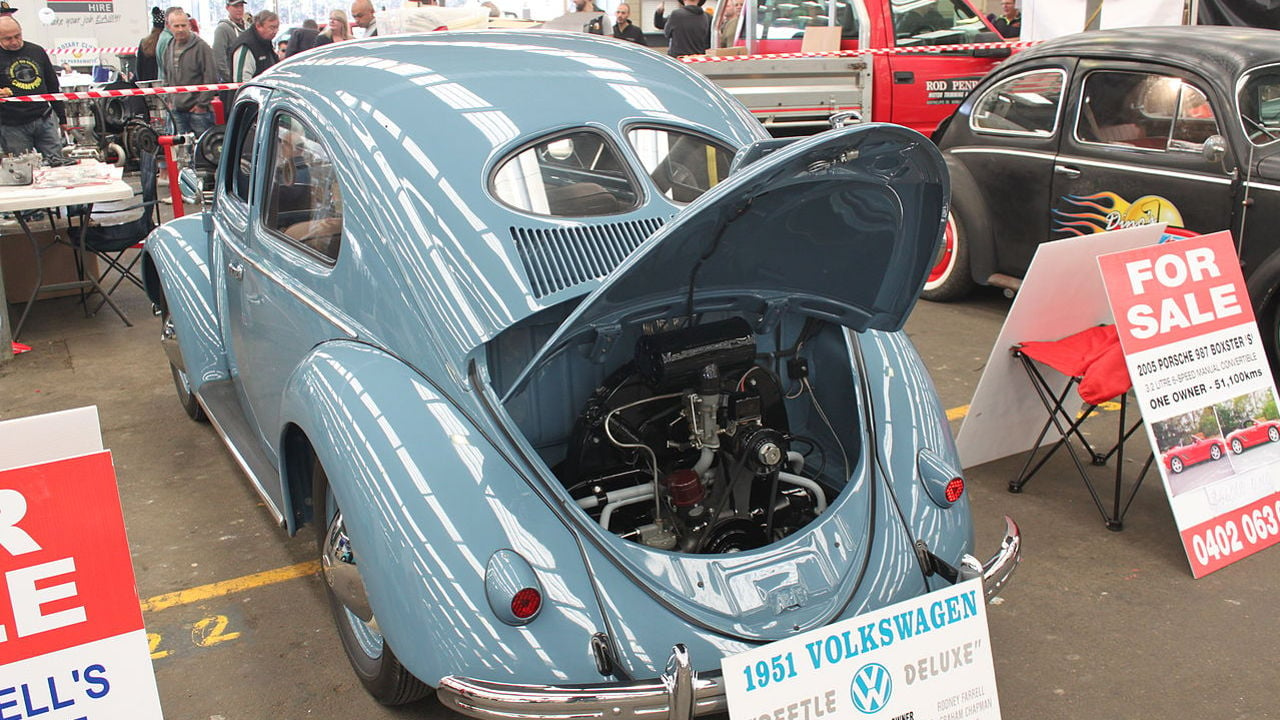
The Volkswagen Type 1, more famously known as the Beetle, is not just a cultural icon but also a marvel of engineering longevity. Its engine, particularly in its later stages as a 1.6-liter with fuel injection, delivering 51 hp, represents a significant achievement in automotive history. The Type 1’s engine is not just notable for its lifespan but also for its versatility, having been used in a range of Volkswagen models including the 1500/1600, 411/412, Karmann Ghia, and the Type 2 series.
Chevrolet Small Block: 1955-present (68 years)
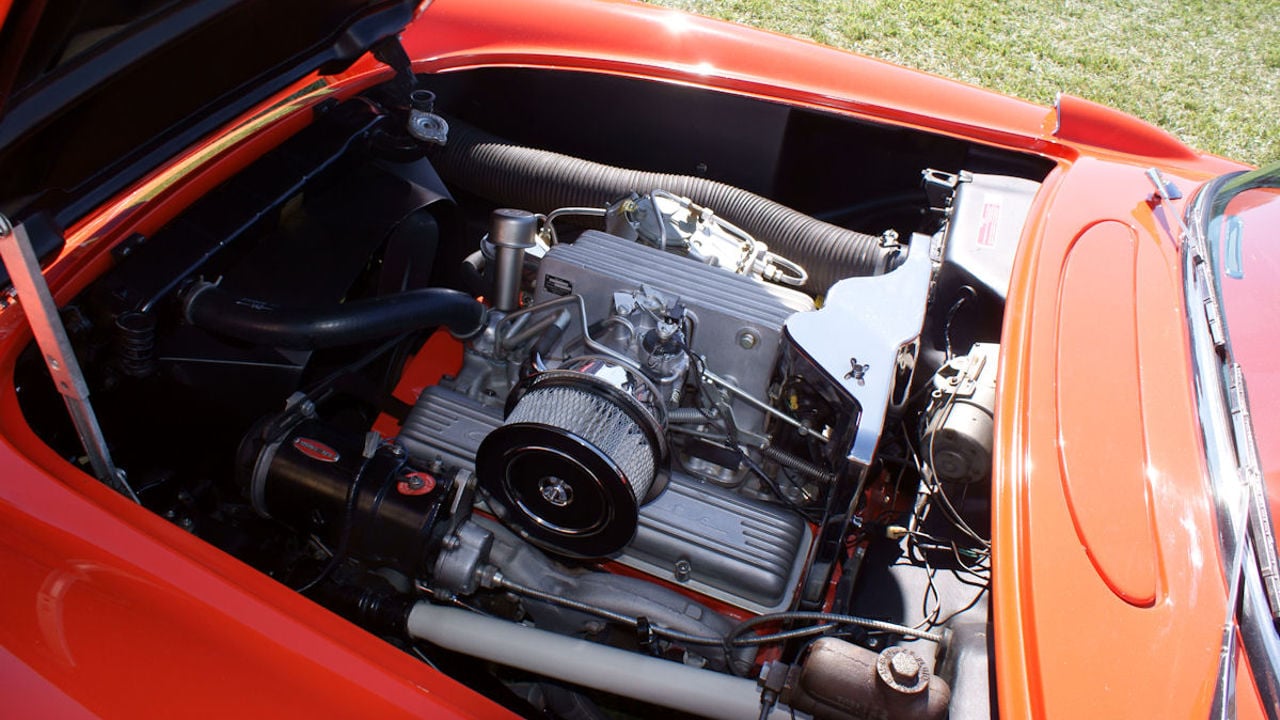
The Chevrolet Small Block V8 engine is a legend in its own right. Debuting in 1955 with a 4.3-liter capacity in the Corvette and Bel Air, it has become one of the most widely used and produced engines in history. Its versatility is evident from its use in a diverse range of vehicles from Chevrolet, GMC, Cadillac, and even non-GM brands like ACADIAN and BUICK. The fact that it’s still available as a crate engine today speaks volumes about its enduring popularity and reliability.
Rolls-Royce L-Series: 1959-2020 (61 years)
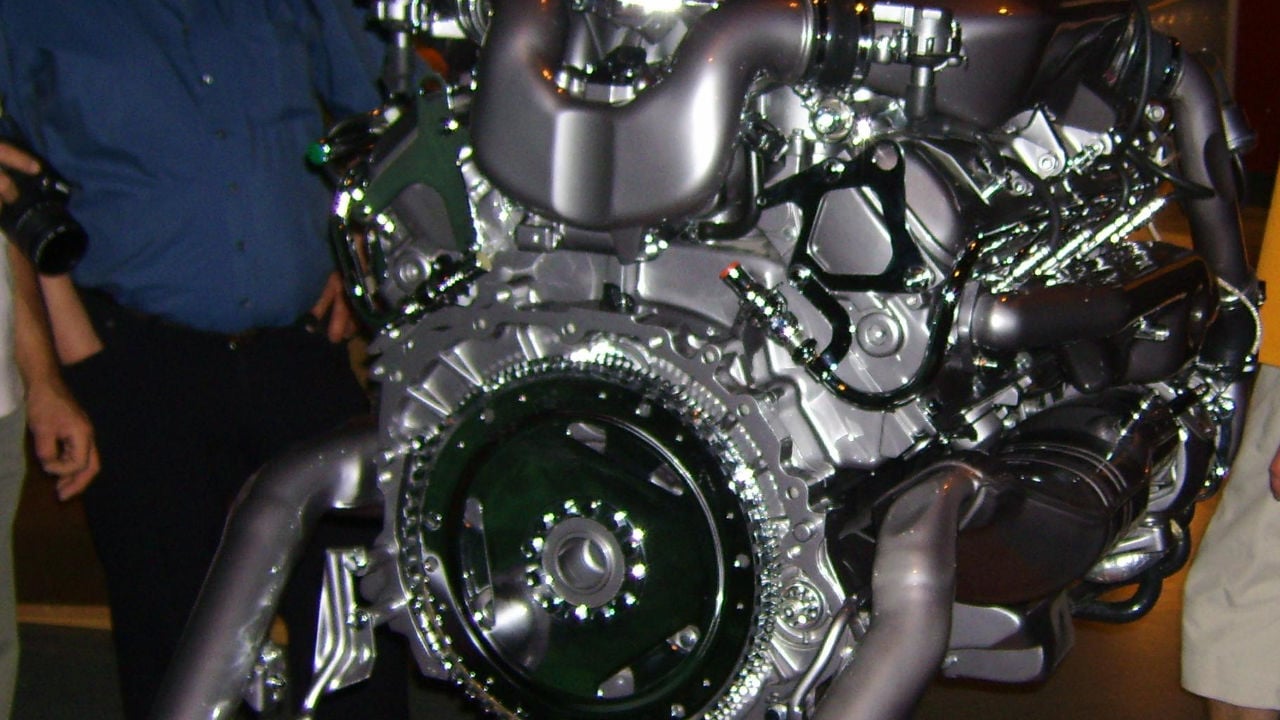
The Rolls-Royce L-Series engine, particularly in its final iteration as a twin-turbocharged 6.75-liter powerhouse, is a symbol of luxury and performance. Delivering 537 hp and capable of propelling the Mulsanne Speed to 190mph, this engine is a blend of refined power and engineering excellence. Over its six-decade span, this engine has been the heart of many Bentley and Rolls-Royce models, exemplifying the brands’ commitment to unparalleled quality and performance.
Ford Windsor V8: 1961-present (62 years)
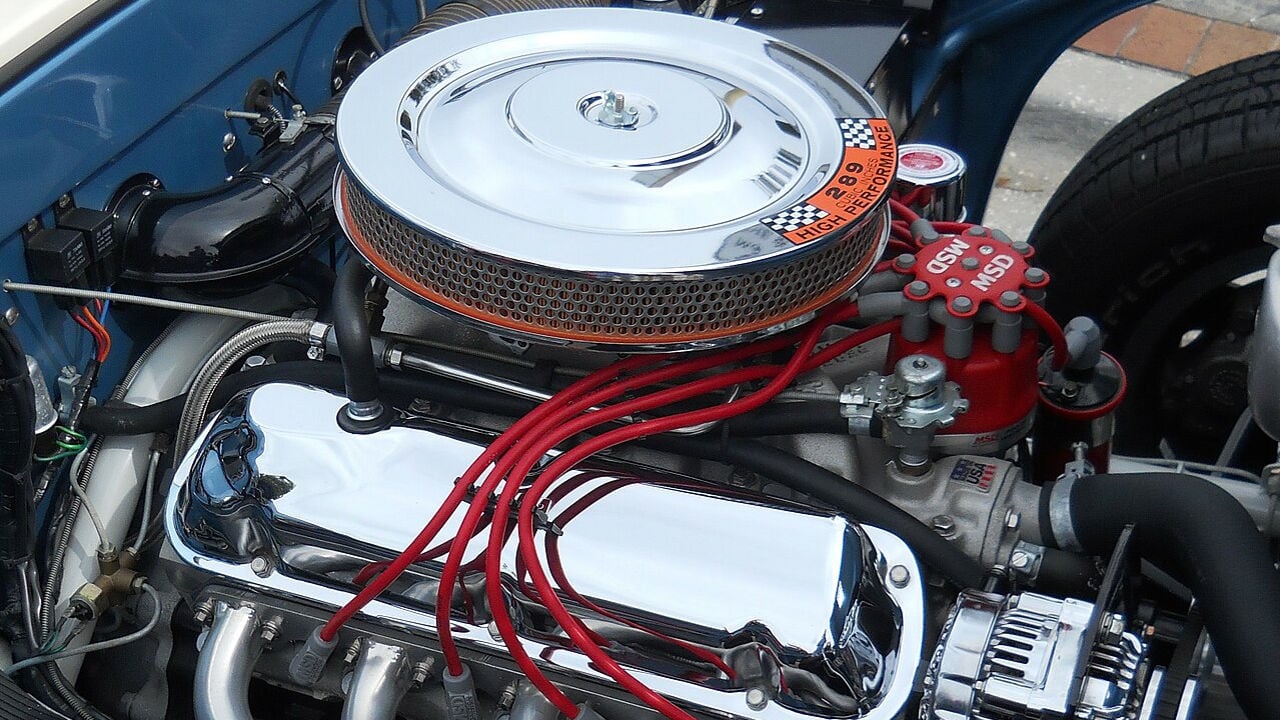
The Ford Windsor V8, a medium-sized engine, made its debut in the fourth-generation Fairlane and later found its way into a wide array of Ford models, as well as iconic cars like the Sunbeam Tiger and AC Cobra. Its versatility is evident in its various iterations, ranging from 3.6-liter to 5.8-liter capacities. The fact that Ford still offers it as a crate engine underscores its lasting appeal and reliability.
BMC A-Series: 1951-2000 (49 years)
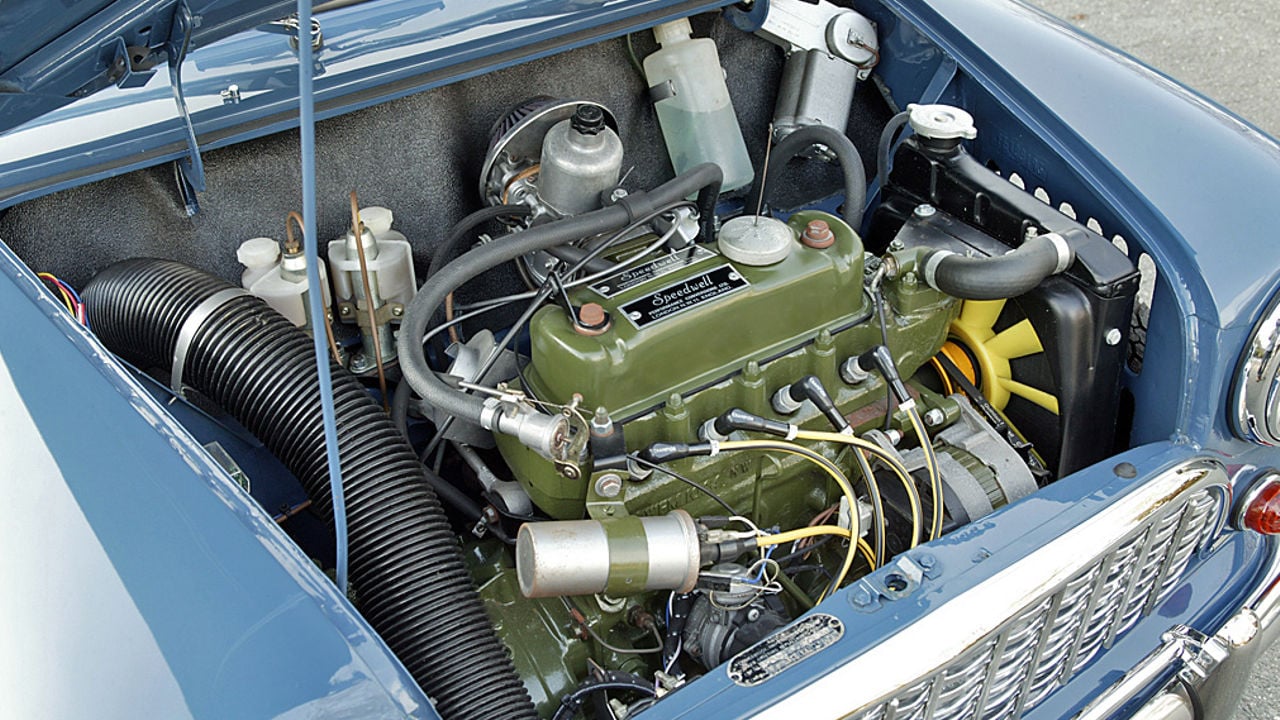
The BMC A-Series engine, starting as a modest 803cc engine and eventually evolving into a 1275cc version, was a staple in British car manufacturing. It powered a wide range of vehicles, from the Austin A30 to the classic Mini, and was known for its reliability and affordability. This engine’s versatility made it a popular choice for a variety of applications, including sports cars and kit cars.
Buick V6: 1962-2009 (47 years)
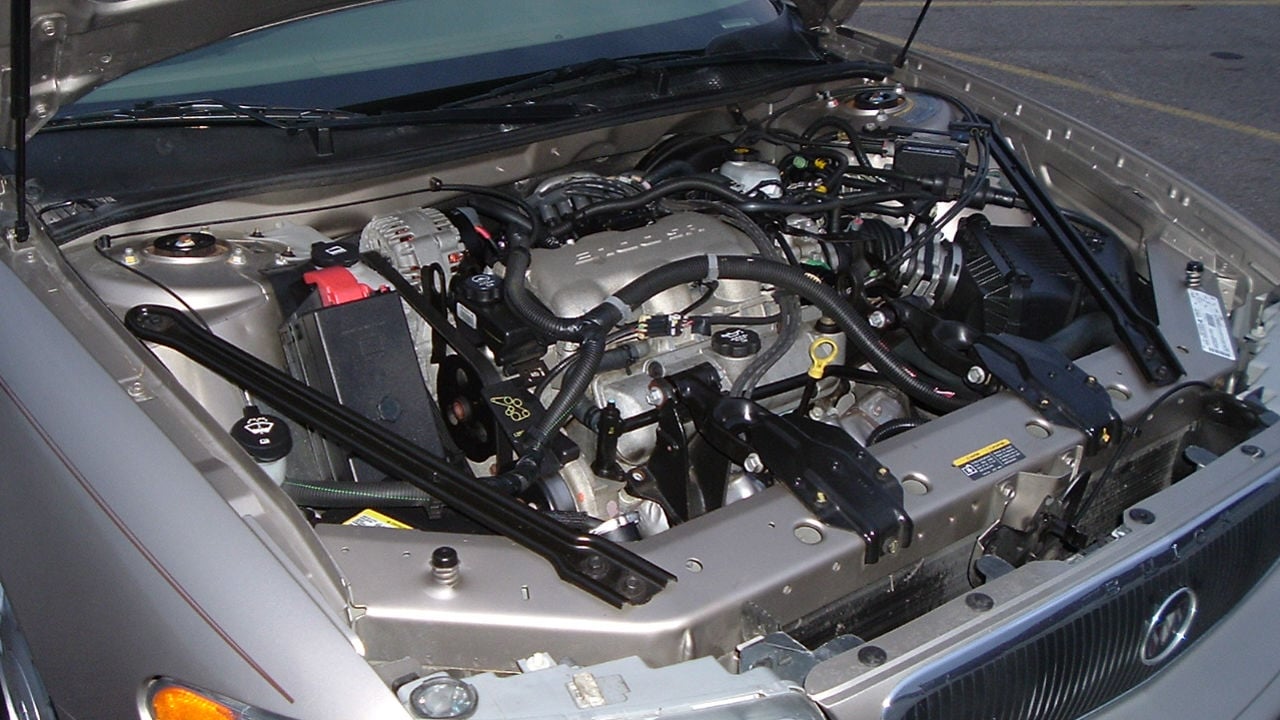
The Buick V6 engine made history as the first V6 engine in a volume-produced American car. Starting as a 3.2-liter engine in the Buick Special, it evolved over the years and was used across a range of GM brands. Its longevity is a testament to its reliability and adaptability, qualities that have made it a favorite in the automotive industry.
Fiat 100 Series: 1955-2001 (46 years)
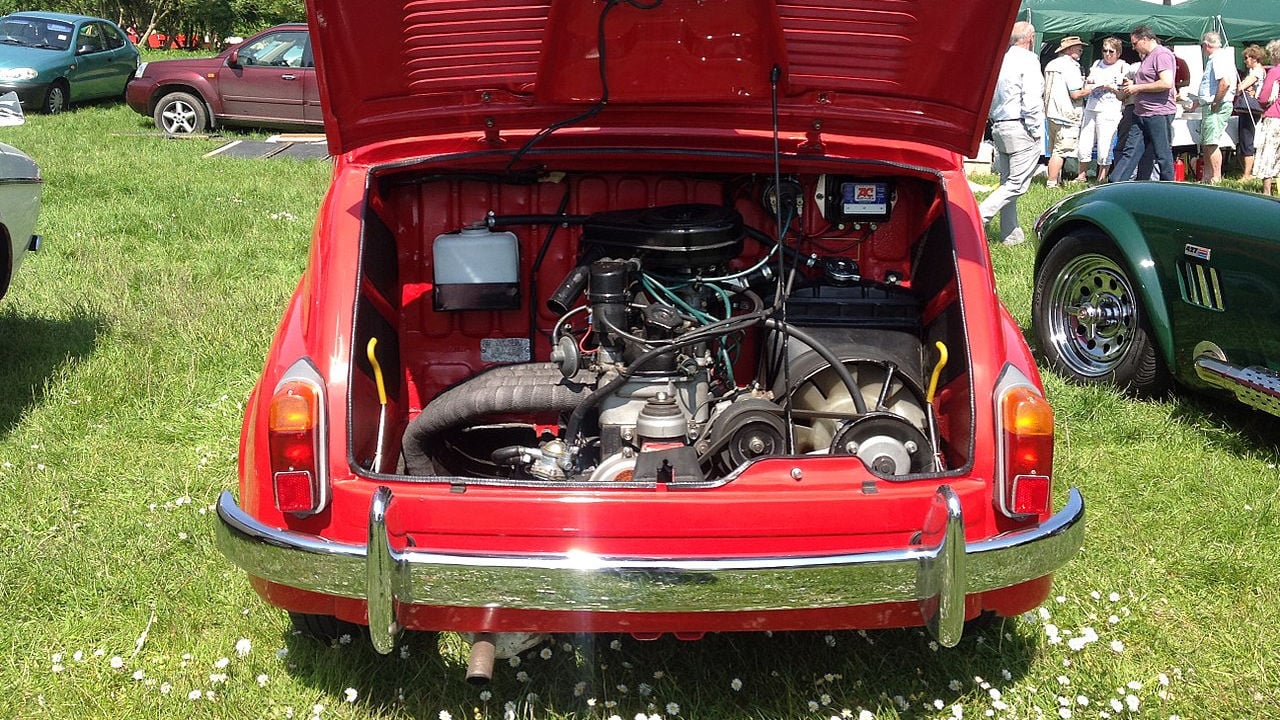
The Fiat 100 Series engine, debuting in the Fiat 600, was remarkable for its compact design and versatility. Ranging in size up to 1055cc, this engine powered an array of Fiat models and even found its way into other brands like SEAT and YUGO. Its presence in the automotive industry for nearly half a century is a testament to its reliability and the ingenious engineering of Fiat.
Ford Kent: 1959-2002 (43 years)
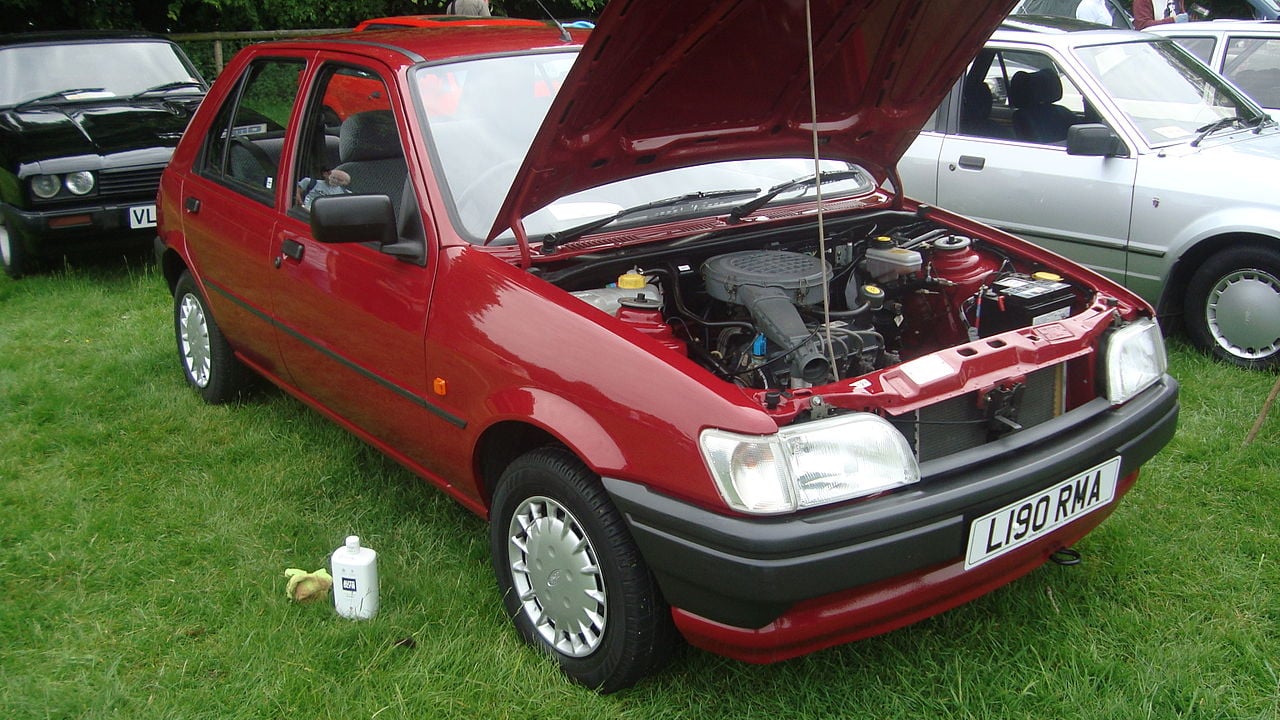
The Ford Kent engine, first seen in the Ford Anglia and later in a variety of Ford and Lotus models, was known for its simplicity and effectiveness. Its evolution over the years, including the introduction of the crossflow cylinder head and the development of high-performance variants by Lotus and Cosworth, highlights its versatility and enduring popularity in the automotive world.
Alfa Romeo Twin Cam: 1954-1997 (43 years)
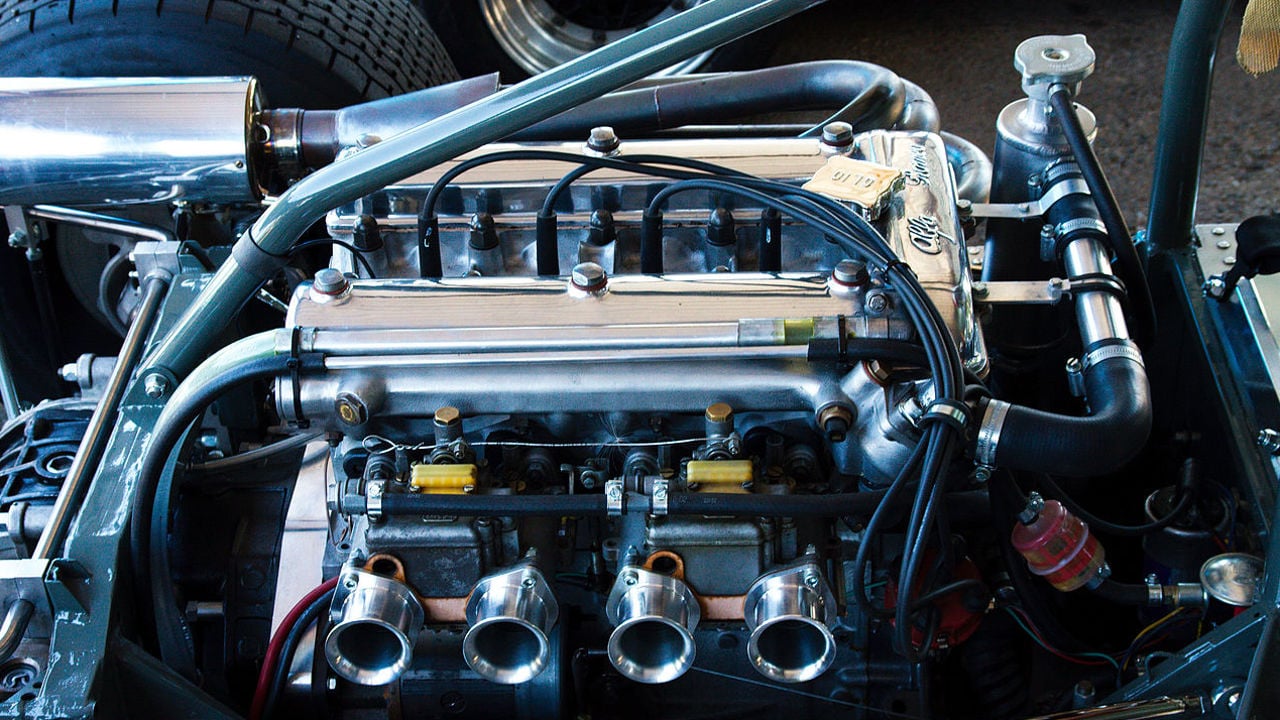
The Alfa Romeo Twin Cam engine, used in a wide range of Alfa Romeo models, is notable for its advanced design and performance. This engine, with its twin overhead camshafts and innovative engineering, evolved over its four-decade lifespan. Its development over the years, reflecting Alfa Romeo’s deep commitment to innovation and performance, stands as a testament to the brand’s engineering prowess.
Renault Cléon-Fonte: 1962-2004 (42 years)
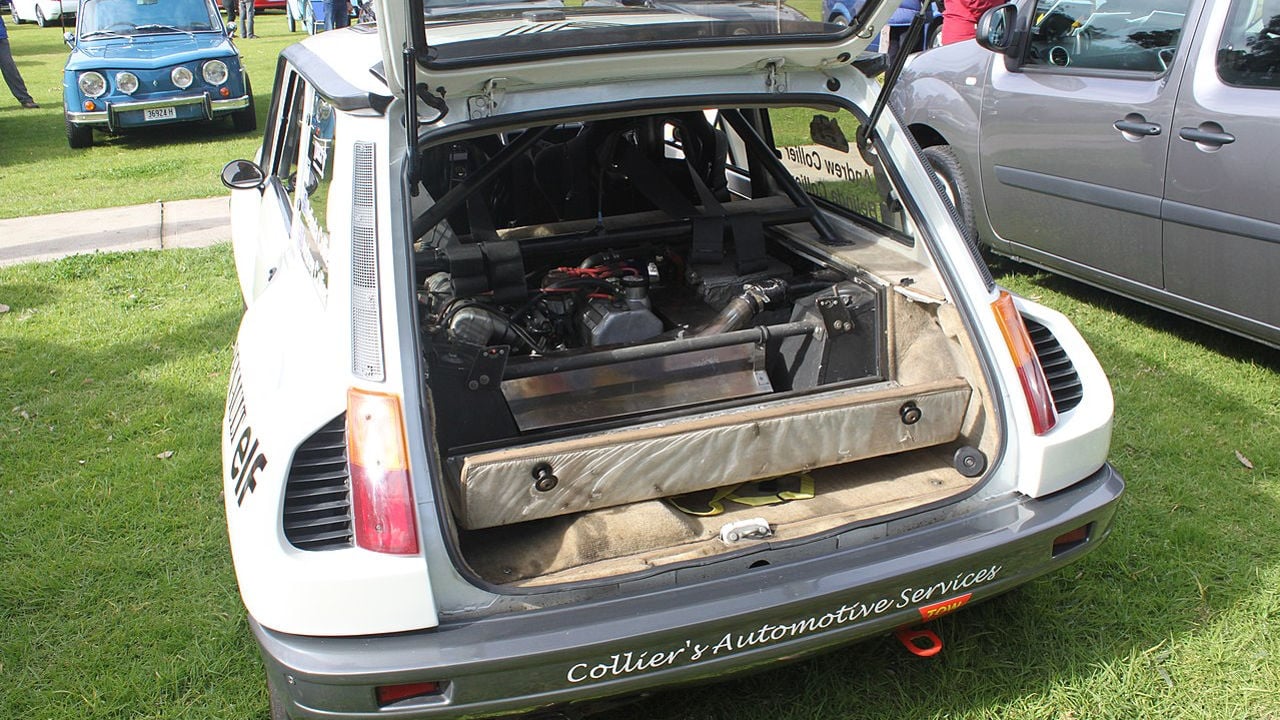
The Renault Cléon-Fonte engine, known for its robustness and versatility, reliably powered a wide range of vehicles from Renault, Alpine, and even Volvo. Its adaptability, which has been evidenced by its use in everything from everyday sedans to high-performance sports cars, significantly underscores the engineering prowess and innovative capabilities of Renault.
Jaguar XK: 1949-1992 (43 years)
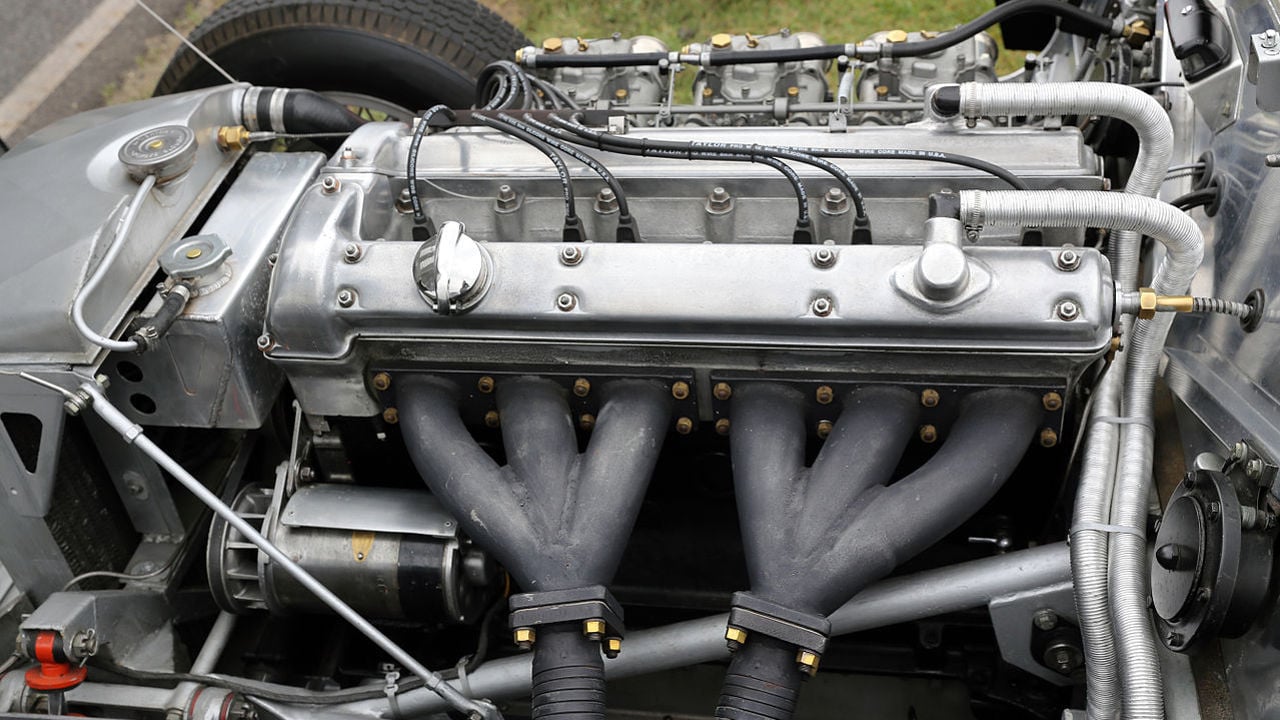
The Jaguar XK engine, a six-cylinder masterpiece, was the only engine used in Jaguars for two decades, showcasing exceptional engineering. Its range of capacities, from 2.4-liter to 4.2-liter, powered some of the most iconic Jaguar models, perfectly embodying the brand’s unwavering dedication to performance, elegance, and sophisticated automotive design.
Ferrari Colombo V12: 1947-1989 (42 years)
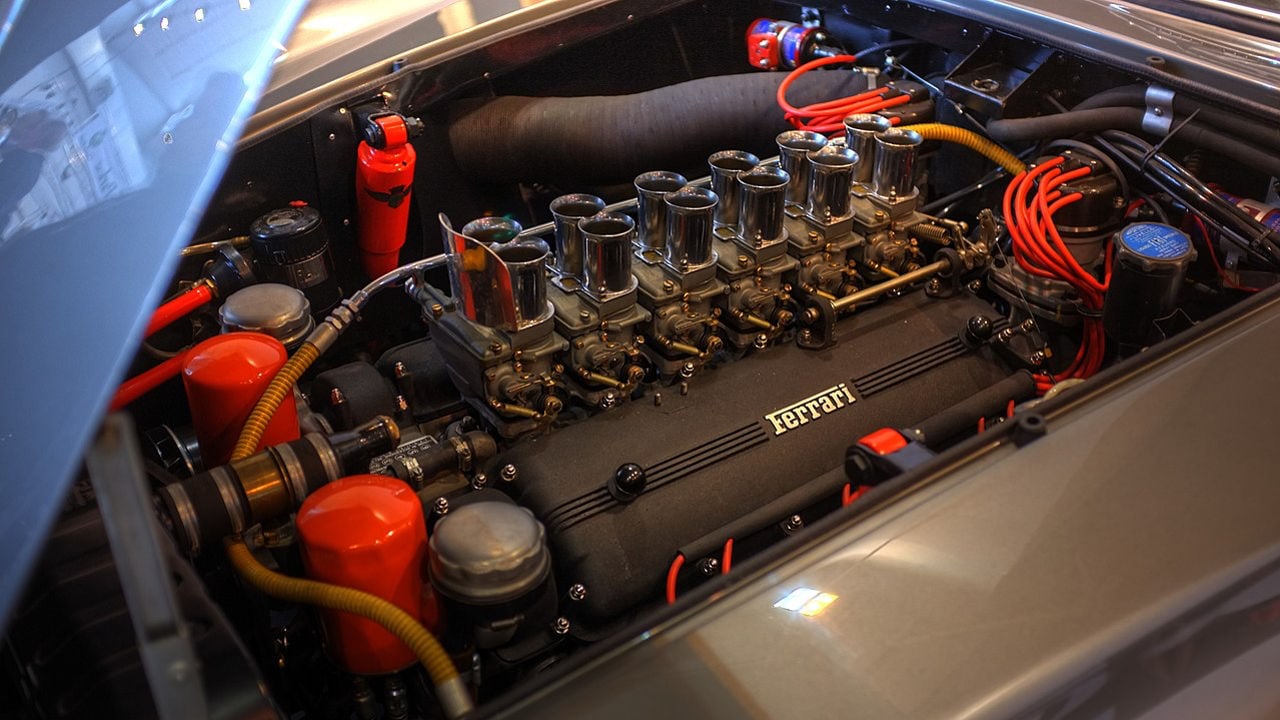
The Ferrari Colombo V12, masterfully envisioned by Gioacchino Colombo and commissioned by Enzo Ferrari, stands as a symbol of automotive excellence. Its presence in Ferrari’s lineup for over four decades, including in the legendary Ferrari 250 and Daytona, showcases the engine’s extraordinary performance, remarkable power, and Ferrari’s unwavering commitment to engineering perfection.
Citroën 2CV: 1948-1990 (42 years)
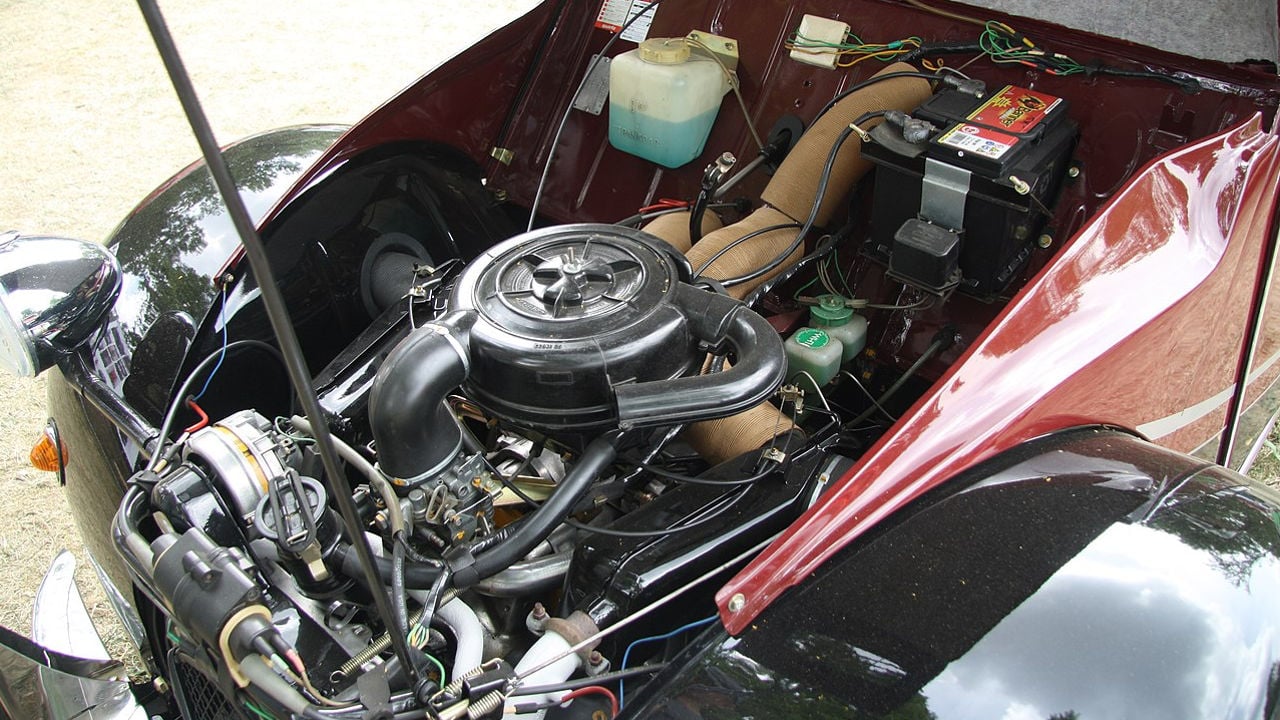
The Citroën 2CV’s air-cooled two-cylinder engine, varying in size from 375cc to 602cc, was a marvel of simplicity, innovation, and efficiency. Its usage in models like the Ami, Dyane, and Mehari, as well as its evolution into a slightly larger 652cc version for the Visa, clearly demonstrates Citroën’s consistent focus on practicality, reliability, and user-friendly engineering.
AMC Straight Six: 1964-2006 (42 years)
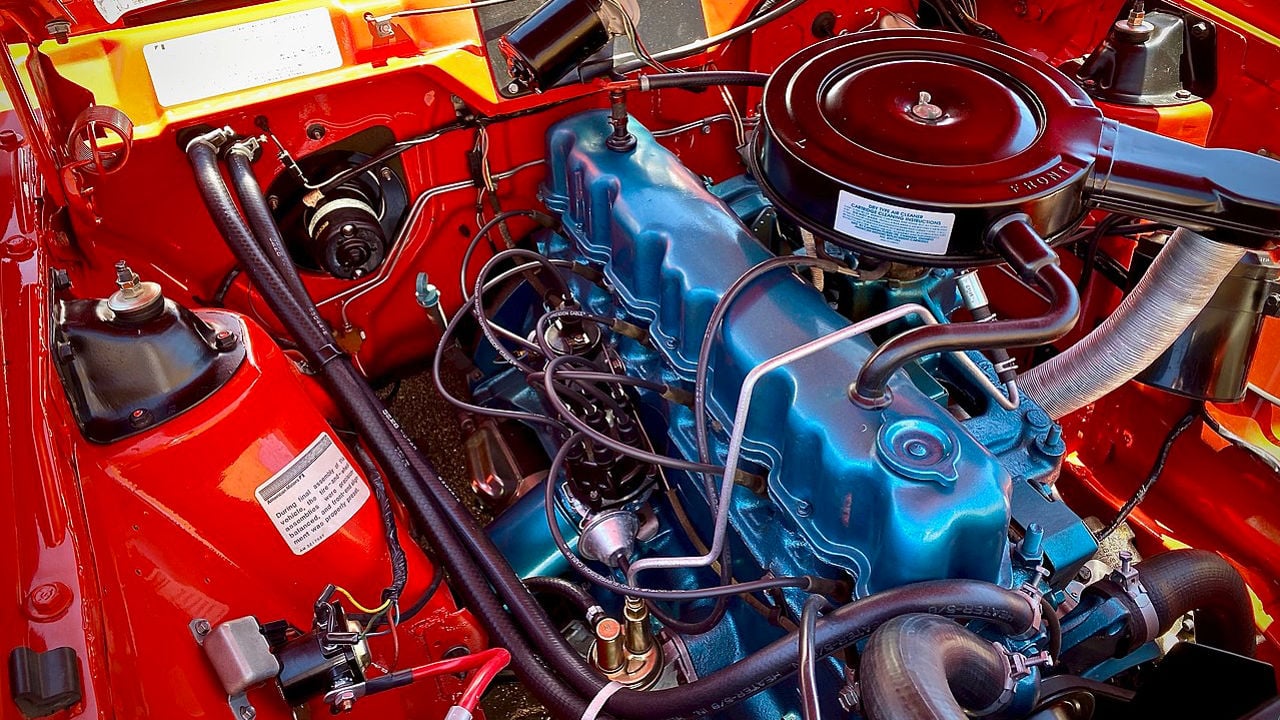
The AMC Straight Six engine, renowned for its optimal balance of power and efficiency, was a key feature in various models from AMC and Jeep. Its remarkable durability and performance, especially in the robust 4.0-liter variant, solidified its status as a highly favored engine in the competitive American automotive market.
Rover V8: 1967-2004 (37 years)
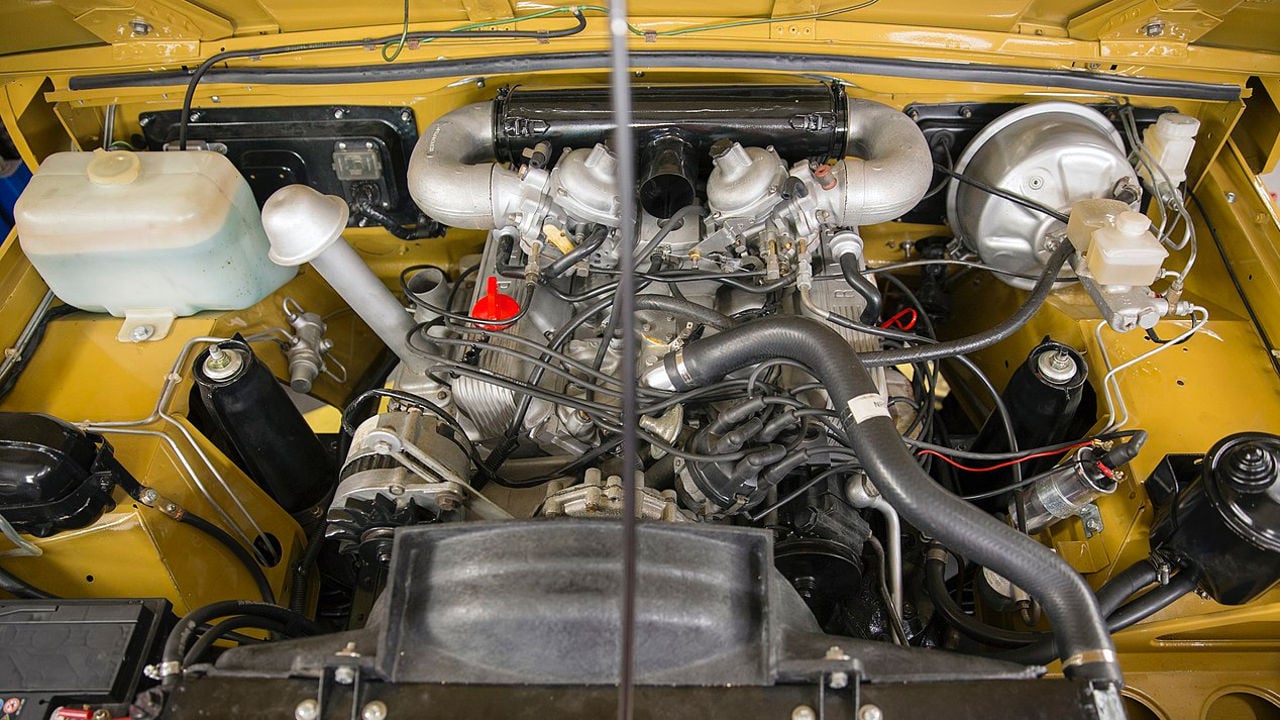
The Rover V8, originally developed by Buick and later refined by Rover, was known for its combination of power, torque, and light weight. Used in a variety of brands including Land Rover, MG, and TVR, this engine’s evolution from a 3.5-liter to a 4.6-liter capacity illustrates its versatility and enduring appeal.
- SEO Powered Content & PR Distribution. Get Amplified Today.
- PlatoData.Network Vertical Generative Ai. Empower Yourself. Access Here.
- PlatoAiStream. Web3 Intelligence. Knowledge Amplified. Access Here.
- PlatoESG. Carbon, CleanTech, Energy, Environment, Solar, Waste Management. Access Here.
- PlatoHealth. Biotech and Clinical Trials Intelligence. Access Here.
- Source: https://teslatale.com/reliable-car-engine/
